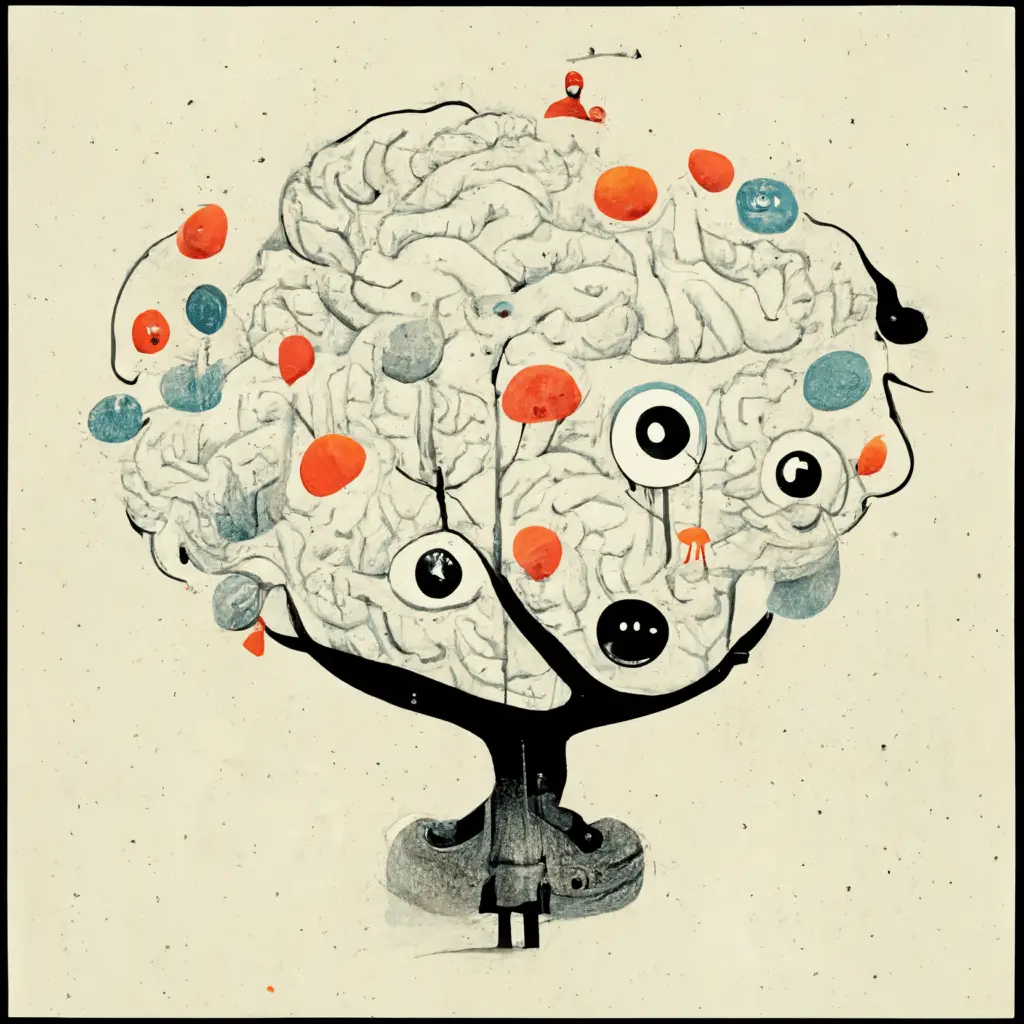
Phonemes are the most discrete, or smallest, set of sounds that construct all spoken language. They are not used to convey meaning in isolation, and shouldn’t be thought of as morphemes.
What Are Phonemes?
Think of how letters are the building blocks of language, and these letters make sounds known as “phonemes.” These phonemes are like different flavors of ice cream, and they can change the entire meaning of a word, just like how adding a new topping to your ice cream can make it taste completely different!
In the English language, some words have almost the same ingredients but are made unique by just one little scoop of phoneme. For example, the words “sin” and “sing” are like two ice cream sundaes with all the same toppings except for one: “n” is like a cherry, and “ng” is like a sprinkle of nuts.
Switching the cherry with nuts changes the whole flavor of the sundae!
Now, sometimes these phonemes can sound a bit different, like trying to tell the difference between vanilla and French vanilla ice cream. In English, the “k” sound in “kill” and “skill” might not taste exactly the same, but they’re still part of the same “k” ice cream flavor. These slightly different tastes are known as “allophones,” and they’re like the secret ingredients that make each scoop special.
A Note on Notation for Phonemes
When talking about these delicious phonemes, special symbols are used, like putting up a fancy sign for an ice cream stand. Phonemes are written between slashes (like /p/), while the actual sounds, or “phones,” are written between square brackets (like [pʰ]).
So, next time when thinking about language, imagine a world filled with ice cream sundaes and the magical phonemes that give them their unique flavors!
The History of Phonemes
Once upon a time, in the realm of language, the term “phonème” emerged from the ancient Greek treasure chest, meaning “sound made” or “utterance.” This shiny linguistic gem was first discovered by A. Dufriche-Desgenettes in 1873, but back then, it only referred to a single speech sound.
Fast forward to the grand linguistic adventure of Jan Baudouin de Courtenay and his sidekick Mikołaj Kruszewski from 1875 to 1895. They found the magical properties of the term and transformed it into an abstraction called “fonema,” the building block of their psychophonetic kingdom.
Soon, other linguistic explorers like Daniel Jones and the Prague School’s Nikolai Trubetzkoy joined the party, expanding on the concept of the phoneme. Even though some party-poopers (a.k.a. structuralists) doubted the phoneme’s cognitive function, the celebration continued!
Noam Chomsky and Morris Halle, two legendary linguist wizards, used their generative powers to redefine the phoneme, making it the heart of modern phonology. And as with any good story, plot twists emerged, leading to new theories and concepts.
In some far-off linguistic lands, scholars used the terms “chroneme” and “toneme” to describe special qualities of phonemes, such as duration and tone. These words may be lesser-known, but they’re far from forgotten.
Inspired by the phoneme’s versatility, linguists crafted new names ending in “-eme” for other linguistic building blocks, like “morpheme” and “grapheme.” These became known as “emic units,” and the adventurous spirit of the phoneme continued to inspire new ways of understanding language!





